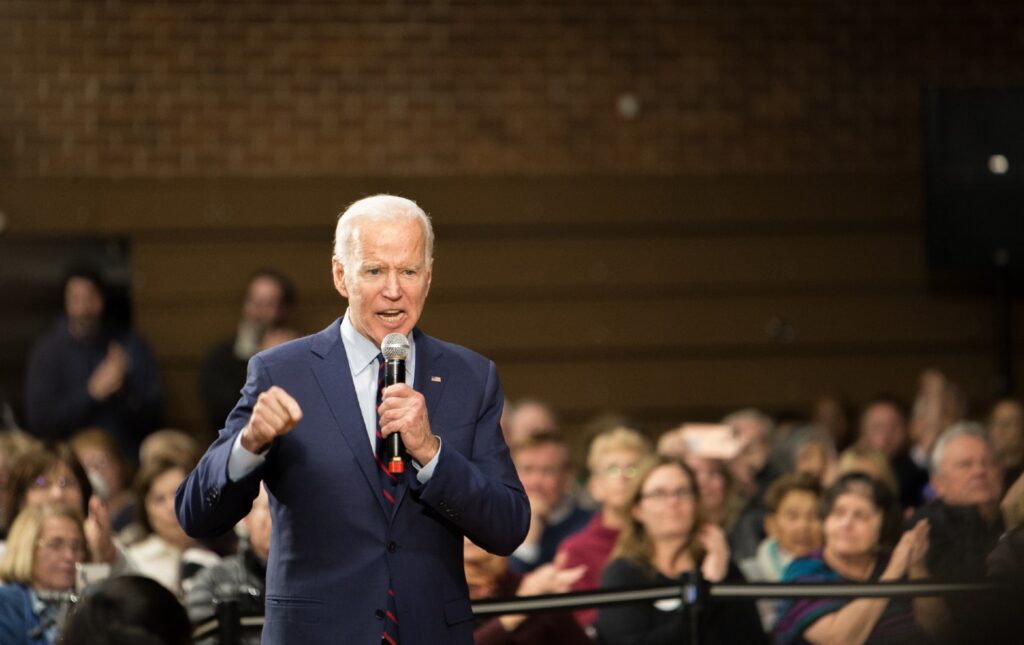October 18, 2021
Biden Wants Tuition-Free Community College. What’s Next?
By Sarah Burke
The president’s free college plan is a great first step. Here’s what else we can do to Build Back Better.

Over the course of the Covid pandemic, we have seen one of the largest upward shifts of wealth in recent history. According to Forbes, there were 660 more billionaires in 2021 than the year before. At the same time, enrollment in community colleges and four-year universities plummeted in the United States, with the student debt crisis creating a situation in which low-income communities are hesitant to pursue higher education because of the likelihood of leaving with crippling debt.
In order to stop the student debt crisis and prevent future generations from being condemned to the reality that borrowers face today, we need to adopt a free college system. Such proposals already exist in both the House and Senate, with two of the most notable pieces of prior legislation being Senator Bernie Sanders and Representative Pramila Jayapal’s College for All Act, as well as Senator Brian Schatz and Representative Mark Pocan’s Debt-Free College Act. Such bills would allow for students to obtain a college education without fear of facing a lifetime of debt, while also helping communities that have been historically excluded.
The current budget reconciliation bill being considered by Congress includes two years of free community college, which would be a monumental first step in the fight for free higher education. The plan is a priority for President Biden who has pitched it as a critical component of his Build Back Better plan and sees free community college as part of his economic agenda domestically and abroad. On the campaign trail, Biden noted that “sixty-five out of 100 jobs today require more than a high school degree” and went on to warn that “any country that out-educates us will out-compete us.” According to the White House, the plan would allow nearly 6 million students and workers to earn a degree or credential for free.


